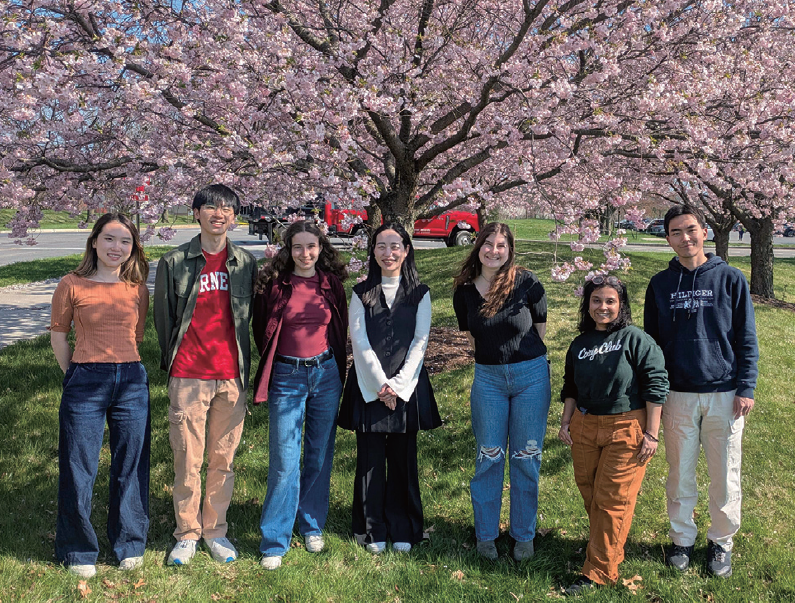Disclaimer: machine translated by DeepL which may contain errors.

I believe that one of the most interesting aspects of chemistry is the "manufacturing" aspect of assembling invisible molecules. I have always loved to think about the reasons behind the drastic changes in the way reactions proceed by slightly changing procedures or conditions.
In graduate school, I worked on the development of reactions using copper catalysts from the standpoint of synthetic organic chemistry. I was working on a new method to efficiently synthesize optically active amines, which are often used in pharmaceuticals, and I repeatedly studied the conditions while considering the movement of molecules.
As I continued my research, I realized the importance of not only creating molecules but also asking questions such as "Why do we create molecules? As I considered the reactions that create the structures contained in pharmaceuticals, my interest naturally expanded to how these small molecules act in the body and what proteins they are involved with. I feel that understanding biological phenomena requires both a chemical perspective, which describes the reactivity of molecules, and a biological understanding, which captures their behavior in the body. For me, chemical biology was an ideal field that allowed me to approach life phenomena from a chemical approach.
As a postdoctoral researcher, I began to study chemical biology in earnest and investigated the in vivo function of cereblon, an E3 ligase, an enzyme involved in proteolysis. thalidomide, which was introduced in the 1950s as a hypnotic sedative and caused massive birth defects, is now used as a small molecule drug with anticancer properties. Thalidomide, which was first introduced as a hypnotic sedative in the 1950s and caused massive birth defects, is now used as a small molecule drug with anticancer properties. Thalidomide binds to cereblon and produces a variety of physiological effects, but how cereblon originally selects its target proteins has long been unresolved. We have revealed that cereblon reads the conformation of protein ends altered by chemical modification and leads to degradation. This discovery led us to our current research topic, which is how small chemical modifications on proteins change their properties and functions in response to changes in the intracellular environment.
The E3 ligase acts as an "intracellular watchdog" that selects proteins for degradation, and understanding its selectivity and mechanism may lead to new therapeutic approaches. Understanding the selectivity and mechanism of E3 ligase may lead to new therapeutic methods.
The fascination of science is the pursuit of simple questions such as "Why? The fascination of science lies in the fact that a whole new world opens up as we pursue the simple question, "Why? The attitude of continually asking "Why is this? will support the foundation of our research even if we change our field of study.
In my laboratory, students with different backgrounds, such as organic chemistry, molecular biology, and biochemistry, work together, and they inspire me every day. I feel that the logical thinking and inquisitive mind that I developed in the Faculty of Science will provide a solid foundation for any specialty or occupation.

The other day, we took our first group photo in front of the cherry blossoms on the Cornell campus. I am glad to see the atmosphere of the laboratory gradually becoming more lively!


